Who: Key players include Altemasi, Banfi, Walter Bera, Berlucchi, Bricco Riella, M. Chiarlo, Cinzano, G. Contratto, Drusian, Giulio Ferrari, Cascina Fonda, Fontanafredda, Gancia, Bruno Giacosa, La Marca, Lombardini, Rocche dei Manzone, Martini & Rossi, Orsolani, Paolo Saracco, La Scolca
What: A sparkling (foaming in Italian) wine. The plural of spumante is spumanti.
When: These wines have a long, rich history in Italy since ancient Roman times.
Where: Throughout Italy with a large volume coming from the northern regions of the Veneto, Lombardy, Piemonte and Trentino-Alto Adige.
Why: Why not? (!) Sparkling wines offer delightful options to still and fortified wines. Their naturally high acidity and brisk effervescence make them some of the most versatile food wines in the world. At a Venetian feast it is not uncommon to drink only Prosecco from antipasti to dessert!
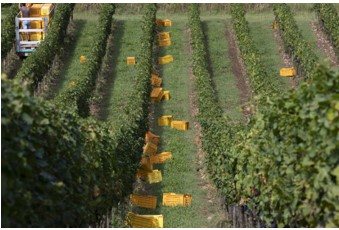
How: Spumante is made from Aglianico, Arneis, Barbera, Brachetto, Carricante, Chardonnay, Glera, Glera Lunga, Greco di Tufo, Malvasia, Muscat Bianco, Nebbiolo, and Pinot Bianco, Pinot Grigio, Pinot Noir, Raboso, Riesling, Sangiovese & Sauvignon Blanc grapes among others. The two most popular methods used are Metodo Charmat & Metodo Classico.
- The Charmat Method involves a second fermentation that takes place in pressurized stainless steel tanks.
- The Metodo Classico, involves the time-honored French Méthode Champenoise practice of having the second fermentation take place in the bottle.
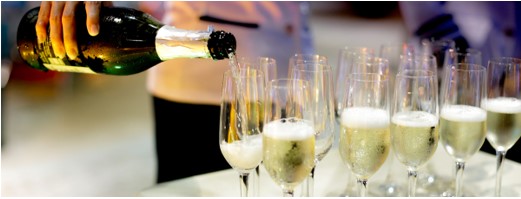
Generalizations: Spumanti can be a white, rose or red wine. Alcohol content is fairly low from 5-12.5%. Aging can range from several months to 30 months for a vintage spumante. The majority of spumanti are fruitier and less dry than classic French Champagnes. Some of the most common types and styles include:
Asti: Among the most famous and, at times, the sweetest, they hail from a town in Piemonte. Many producers prefer to call their fine wines Asti to distance them from the lingering stereotype of a sugary sweet sparkling. The best spumanti from Asti possess intense peach and apricot fruit, but are not super sweet.
Prosecco: Subtle pear and golden apple notes with a clean finish. When paired with white peach nectar it creates the classic cocktail called a Bellini. The most popular Prosecco come from the Veneto. A perfect al fresco choice!
Franciacorta: Italy’s leading area for sophisticated spumanti is in Lombardy.
Trentodoc: Exquisite Champagne-like sparkling wines from the Trento region.
Lambrusco: Emilia region’s frothy, zesty & versatile wines deserve more love!
Brachetto d’Acqui: Bright raspberry and cherry notes wedded to a sexy deep cranberry color. Hails from Acqui in Piemonte. Sinful affinity to chocolate!
Terms: A few words used to describe our fizzy friends spritz & sweetness:
- Frizzante/Frizzantino: Fizzy/faintly frizzy.
- Abboccato: Lightly sweet
- Amabile: Semisweet
- Dolce: Sweet, usually very sweet
- Secco: Dry
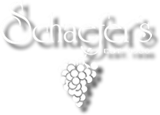



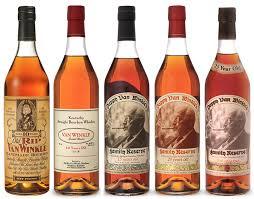





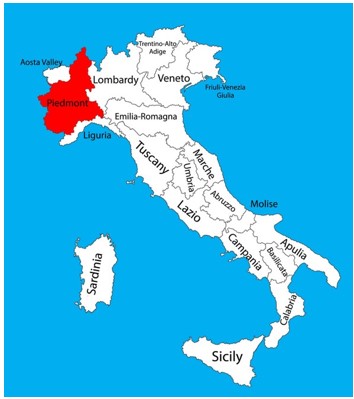
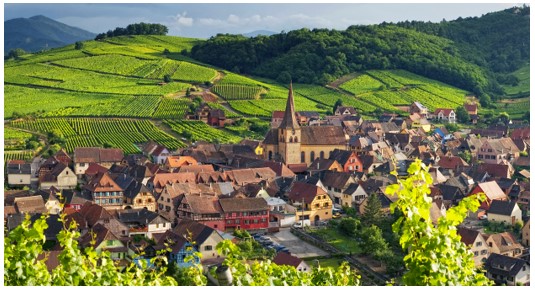
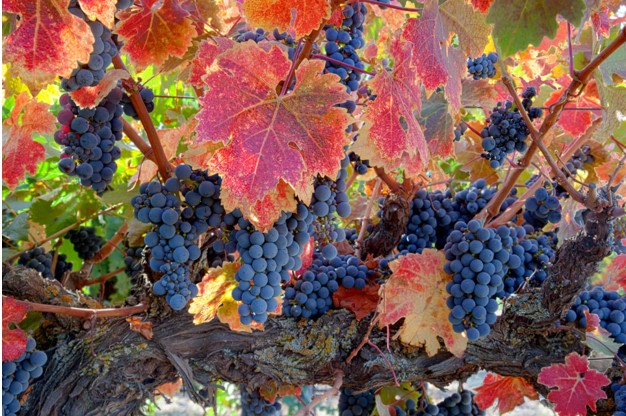
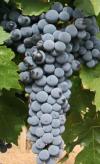
Comments